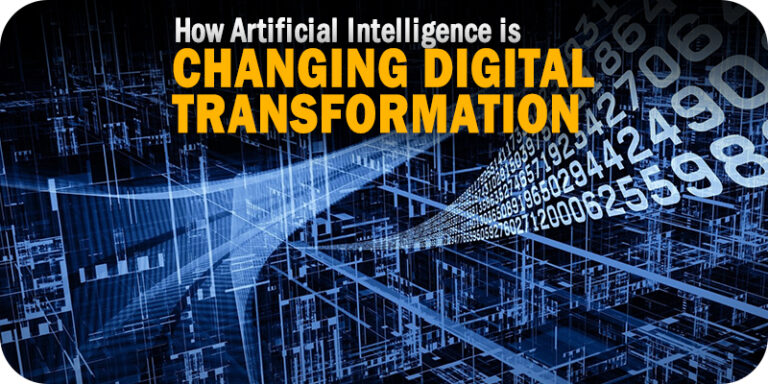AI agents are autonomous systems that combine reasoning, decision-making, and execution capabilities. When integrated with LangChain, OpenAI, and RAG-LLM, AI agents can handle dynamic tasks, retrieve contextual data, and perform actions with minimal human intervention. This paper explores their architecture, use cases, and developer-focused references.
Expanded White Paper: LangChain, OpenAI, RAG-LLM, and AI Agents for Advanced Applications
This version integrates AI agents powered by LangChain, OpenAI, and Retrieval-Augmented Generation (RAG-LLM) to demonstrate how autonomous AI-driven systems can address complex challenges, automate workflows, and deliver enhanced outcomes.
1. Executive Summary
AI agents are autonomous systems that combine reasoning, decision-making, and execution capabilities. When integrated with LangChain, OpenAI, and RAG-LLM, AI agents can handle dynamic tasks, retrieve contextual data, and perform actions with minimal human intervention. This paper explores their architecture, use cases, and developer-focused references.
2. Introduction
2.1. What Are AI Agents?
AI agents are task-driven systems designed to autonomously achieve specific goals using tools like LLMs, databases, APIs, and external software.
- Core Functions:
- Perception: Gathering input via user queries or external APIs.
- Reasoning: Using LLMs for decision-making.
- Action: Executing tasks such as sending emails, retrieving data, or generating reports.
2.2. Why Combine LangChain, OpenAI, RAG-LLM, and AI Agents?
The synergy between these components provides:
- Dynamic Decision-Making: AI agents use OpenAI models for real-time reasoning.
- Contextual Retrieval: RAG integrates structured and unstructured data to inform decisions.
- Automation: LangChain simplifies multi-step workflows and tool integrations.
3. Architecture of AI Agents with LangChain and RAG-LLM
3.1. Key Components
- LLM Core:
- Powered by OpenAI (e.g., GPT-4) for decision-making and natural language understanding.
- Task Planner:
- LangChain's execution framework allows AI agents to decompose goals into subtasks.
- Retrieval Engine:
- Uses RAG for knowledge retrieval from vector databases (e.g., Pinecone, Weaviate).
- Tool Interface:
- Enables integration with APIs, custom scripts, or external platforms (e.g., email, CRMs).
- Memory:
- Stores session data for multi-turn tasks and historical context.
3.2. Workflow of an AI Agent
- Input: User provides a high-level task or query.
- Reasoning: The agent plans subtasks using LangChain’s planner.
- Retrieval: RAG retrieves relevant data from knowledge bases.
- Action: The agent executes subtasks via integrated tools.
- Feedback Loop: Results are evaluated, and additional iterations occur if needed.
4. Expanded Use Cases for AI Agents
4.1. Autonomous Customer Support Agents
Description:
A telecom company needs an AI agent to resolve customer queries autonomously.
Agent Workflow:
- Perceives user issues through chatbot integration (e.g., OpenAI).
- Retrieves user account details and FAQ data using RAG.
- Executes tasks such as resetting accounts, generating bills, or scheduling callbacks.
Outcome:
Reduced human support workload by 50% and improved first-contact resolution rates.
4.2. Marketing Campaign Automation
Description:
A marketing agency wants an AI agent to manage social media campaigns.
Agent Workflow:
- Generates social media content using OpenAI GPT.
- Analyzes engagement data with RAG for optimization.
- Automatically schedules posts and adjusts based on real-time performance.
Outcome:
Improved campaign ROI by 25% with reduced manual effort.
4.3. Scientific Research Assistants
Description:
A research institution requires an AI agent to automate literature reviews.
Agent Workflow:
- Gathers relevant papers using RAG and vector databases.
- Summarizes key findings with OpenAI’s summarization capabilities.
- Organizes references and generates bibliographies automatically.
Outcome:
Accelerated literature reviews by 40%, enabling researchers to focus on analysis.
4.4. Financial Advisors
Description:
A bank needs an AI agent to provide real-time financial advice to customers.
Agent Workflow:
- Retrieves real-time market trends and investment options using RAG.
- Generates personalized recommendations using OpenAI’s reasoning capabilities.
- Sends detailed reports and alerts to customers via integrated APIs.
Outcome:
Enhanced customer engagement and increased trust in financial services.
4.5. HR and Recruitment Automation
Description:
A recruitment agency needs an AI agent to handle candidate screening and interview scheduling.
Agent Workflow:
- Uses OpenAI to analyze resumes and match candidates to job descriptions.
- Retrieves job-specific data from RAG for tailoring interview questions.
- Automates communication via email and calendars.
Outcome:
Reduced hiring cycle time by 30% and improved candidate experience.
5. Challenges and Solutions for AI Agents
5.1. Task Complexity
- Challenge: AI agents struggle with ambiguous tasks.
- Solution: Use LangChain’s conditional task planning to refine subtasks dynamically.
5.2. Knowledge Base Scalability
- Challenge: Large knowledge bases increase retrieval latency.
- Solution: Use optimized indexing techniques in vector databases.
5.3. Trust and Explainability
- Challenge: Users may not trust opaque AI decisions.
- Solution: Implement traceable workflows and provide detailed explanations for decisions.
6. Developer Resources and References
Books and Papers
- Lewis, P., et al. (2020). Retrieval-Augmented Generation for Knowledge-Intensive NLP Tasks.
- Russell, S., & Norvig, P. (2020). Artificial Intelligence: A Modern Approach. Pearson.
- Manning, C. D., et al. (2008). Introduction to Information Retrieval. Cambridge University Press.
Frameworks and Tools
- LangChain: Framework for chaining prompts and task planning (GitHub).
- OpenAI: APIs for natural language generation (OpenAI Docs).
- Pinecone: Vector database for real-time knowledge retrieval (Pinecone).
Tutorials
- LangChain AI Agents – Official documentation.
- RAG Pipelines on Hugging Face – A step-by-step guide.
7. Conclusion
By integrating LangChain, OpenAI, RAG-LLM, and AI agents, developers can build systems capable of solving complex, real-world problems autonomously. From personalized education to financial advisory and marketing automation, these technologies unlock new opportunities for innovation and efficiency.
